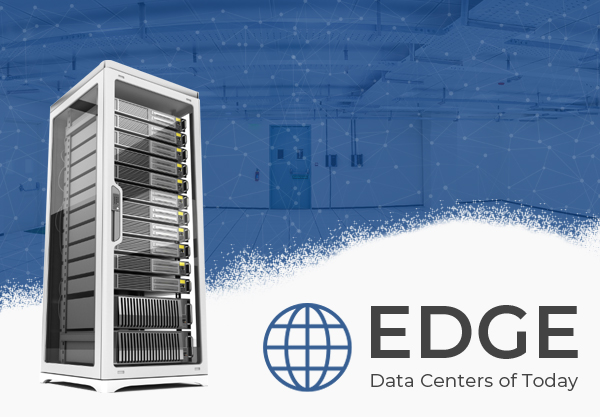The internet is changing or should we say evolving? Online media is replacing the traditional cable TV and satellite services. Naturally businesses are moving towards cloud services instead of investing in hardware boxes and software licenses. We can safely infer from the above that the internet infrastructure is changing. So, what is the significance of an edge data center in today’s world? Well, defining an edge data center would rather be a difficult task. But if we put it down in layman terms, which one would you prefer for your everyday groceries? A local grocery store located in you vicinity or a supermarket that is say 20 Kms away from you? An edge data center works in a somewhat similar fashion. Edge datacenters are generally smaller facilities that are provide cloud computing and cached streaming content to local users. Their positioning closer to the end users allows them to deliver services faster with minimal latency. From fulfilling the heavy content demands of tier-I cities to the mid-sized markets in tier-II cities edge data centers are rapidly becoming the go to infrastructure for enterprises. While there are also micro data centers, these should not be confused with what we call true edge data centers. So, what exactly makes up for an Edge Data center?
Extensive local user servicing?
As we mentioned earlier, edge data centers provide services to the closest end user giving minimal latency. Since tier-II data centers have minimal to no access to powerful colo facilities, these areas are best served with edge data centers. But here’s the catch, if a data center is locally situated doesn’t immediately make it an “edge data center”. There has to be a host of services on offer and a huge chunk of the local users need to be streaming content, playing games and accessing cloud applications on the same. Cisco in its report has stated that traffic from wireless devices will constitute of about 71% of the total IP traffic by 2022.
Meets Faster Working Requirements
Edge data centers like Web Werks are known for their speed. The main motive of edge computing is to move the data processing to the edge of the network. This means that the response time is sped up and latency is brought down to a minimal. And since these data centers are built physically closer to the end users, they provide faster performance. The architecture of edge data centers is in a way a much faster and efficient for transferring, as well as processing data.
What makes edge data centers viable?
When industry leaders like Google, Facebook and Netflix use CDNs or edge data centers, it brings about a clear picture of the viability of these data centers. These companies invest in edge data centers because they provide an enhanced user experience and also save a lot of money. Reliability of Edge Data centers: At the edge of the network doesn’t mean that the edge data center is any less mission critical than its elder cousins. A true edge data center provides almost 75% of local internet content to its surrounding markets. This means that even a small down times equals devastating consequences. Since, reliability is of due importance in case of edge data centers, a Tier-III facility is needed to provide 99.995% uptime guarantee.

